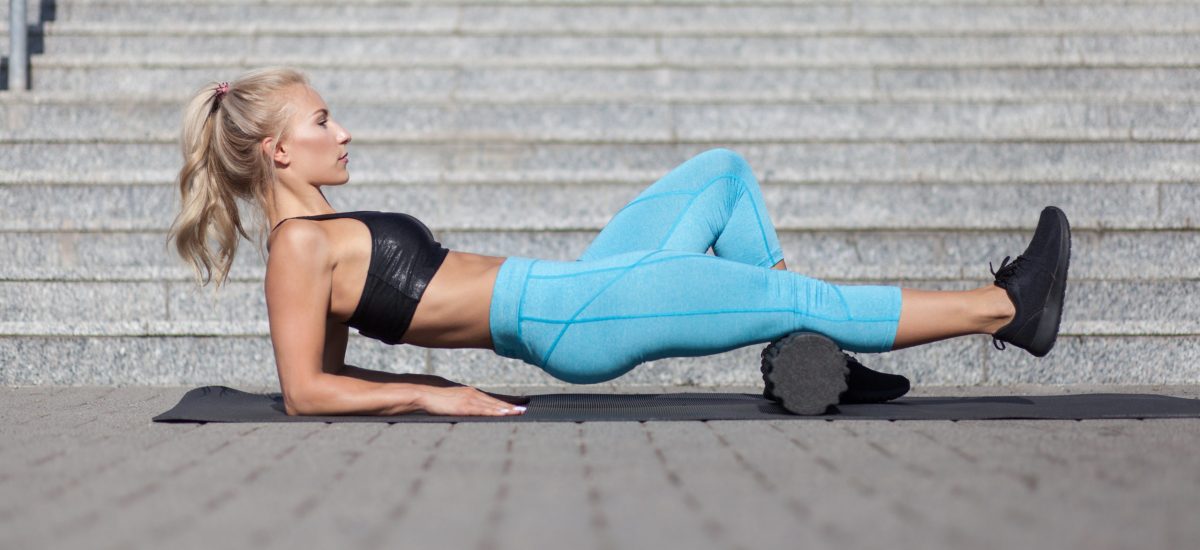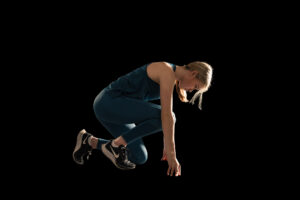Everyone would love to have a massage every day, but for most people, this simply isn’t possible! So, how can you massage yourself effectively? Voilà, foam rolling! Foam rolling is essentially a way for you to massage yourself using a padded cylinder to roll through different tissues of the body to create similar effects to that of receiving a massage. You can roll almost any part of your body and it can be done anywhere at any time.
Foam rolling is a form of self-myofascial release. The “myofascial” portion of “self-myofascial release” refers to the main type of tissue that foam rolling targets. We can split this into two parts to make it easier to understand. “Myo” is the medical term that simply means muscle and “fascia” is a connective tissue that is found throughout our body but in the case of foam rolling, surrounds muscle. You may have heard of the plantar fascia on the bottom of your foot, commonly affected by plantar fasciitis? or your IT band that runs down the side of your leg, usually related to running or cycling injuries?
So, what exactly is fascia? Think of fascia like an orange. When you open an orange, you see a lot of pith and pectin (the white stuff). It encases the entire orange, as well as each individual segment and separating each wedge. Without it, the orange would hold little structure and each segment would have more freedom to move around within the orange. If our body had no fascia, our muscles would struggle to function, and we would find everyday movements a lot more difficult. And if the pectin was to become tough and tangled, we would find it more of a task to separate each orange segment to eat. This is similar to how fascia works in our body so when you find a knot or have areas of tension, you will find that it is often the fascia that is the problematic tissue, restricting range of motion and causing that ‘tight’ feeling, or a combination of that and muscle.

You will know if you have a knot or adhesion as it will feel like a small bump within a muscle that is painful to touch. What differentiates a trigger point like this is that they often produce referred pain, meaning that pain is felt in the surrounding area to the location of the hard nodule.
They can be found anywhere in the body and can be on the surface of the muscle in the fascia, or deep within. Common areas to find these trigger points are around muscles that are used often such as the calf from walking, and the back of the neck/upper back from postural issues.
Fascia is a big deal in the human body. Until recently, it was relatively ignored when researching human anatomy, often thought as just the packaging for muscles but in actual fact, fascia is the one tissue that connects everything together in the body. Fascia surrounds each individual muscle fibre, surrounds each bundle of muscle fibres and also surrounds the entirety of each muscle but also surrounds every organ, blood vessel, bone and nerve, connecting them to one another in a vast collagen network like a spider’s web throughout the body. It has been found that fascia can contract independently and is innervated by sensory nerve endings, allowing it to feel the way we move and providing feedback to our posture, proprioception and coordination. Fascia is strong yet wet and elastic allowing it to slide with ease and return to its original shape. However, with a lack of activity or with excessive load such as chronic stress, the fascia can be drained of the water it holds and the fascial fibres can thicken and be pulled into different directions. The result of this is that the fascia loses its elasticity and causes the formation of knots and adhesions, leading to pain and discomfort.
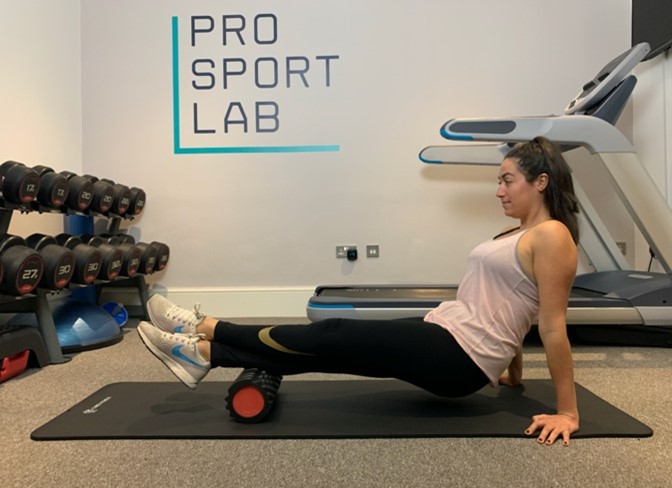
Muscle fascia becomes more compliant when it moves. So, applying pressure and moving the fascia will allow the adhesions to separate, alleviating the pain and creating that ‘release’ effect. This is one of the basic concepts of foam rolling and explains how it works. Another theory relates to the stimulation of the nerve endings embedded within the fascia, a stimulation that causes the ‘releasing’ effect as the brain tells the muscle and the fascia that it is safe to relax a bit and to reduce pain signals.
This is the theory behind massage guns. It is likely that the benefits of foam rolling come from a combination of the two theories. When foam rolling, blood is drawn to the area to help separate the adhesion which allows muscle and fascial fibres to realign in the intended direction, allowing for increased movement and range of motion and the reestablishment of proper movement patterns. The body naturally wants to have as much movement as possible and wants to be healthy but sometimes due to poor human habits, we need to give it something extra to help. For extra bang for your buck, immediately follow foam rolling with stretching and hydration. By elongating the muscle and fascia, we are pulling the fibres into realignment, giving a clear indication that this is the direction that we want the fibres to reform to. Drink plenty of water after to help flush your system and rehydrate the fascia since it has been drained of fluid in the areas of tension.
Be consistent with foam rolling; it is not a one-time fix and requires frequent rolls to achieve the desired outcome. You should feel slightly sore the next day as if your muscles have been worked/released by it should not be too painful. Fibres in the body are not able to entirely reform straight away and you have to chip away at tension bit by bit, continually breaking the weakest fibres in the area each time until they all reform in the intended direction, alleviating pain and allowing a normal range of motion. The benefits of foam rolling extend beyond just that however, the increased range of motion and fluidity about the fascia means you are less susceptible to injuring such area and performance will increase as a result of better aligned fibres, allowing for more powerful contractions and greater transference of force.
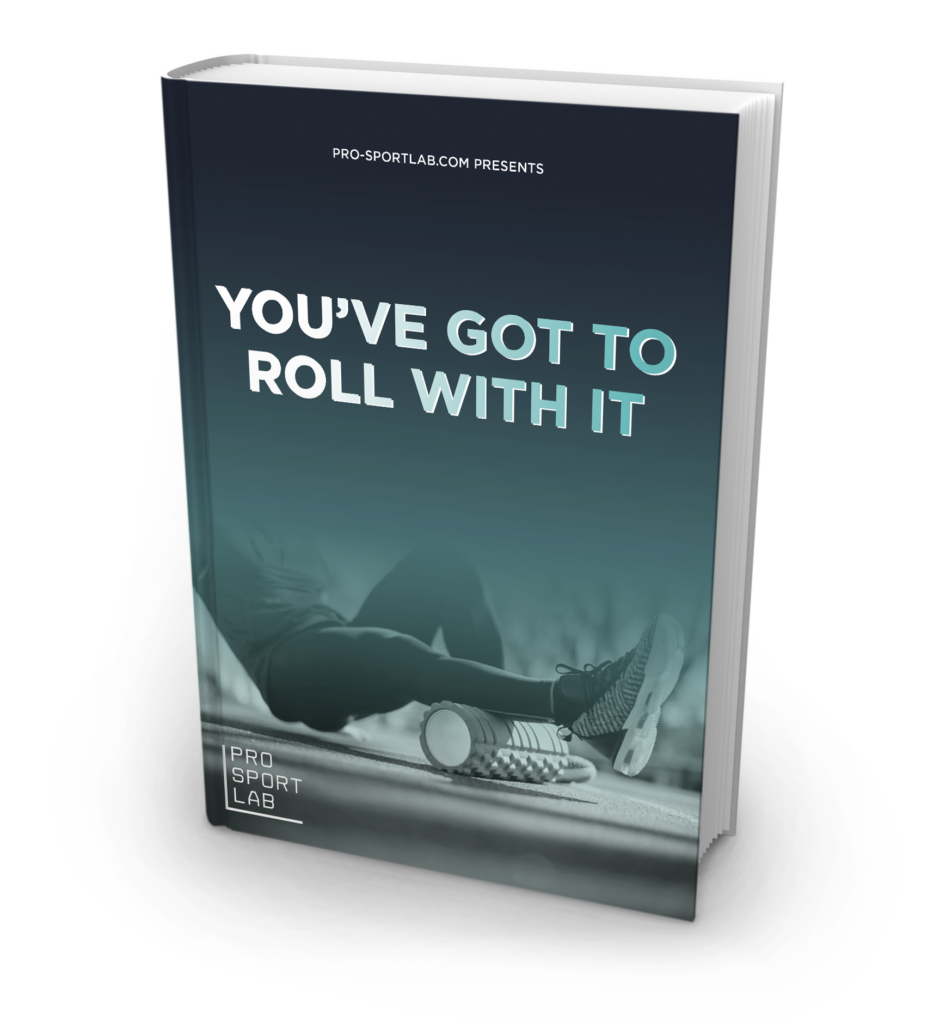
Foam rolling is something almost everyone could benefit from. It doesn’t take long and if you can make it a habit, you will surely reap and notice the benefits from it. For a complete and in-depth dive into foam rolling and to start yourself, check out our “You Gotta Roll with It” foam rolling programme here where we provide you with your very own foam roller, plus an extensive how-to guide with images and videos so you too can “roll with it”.
